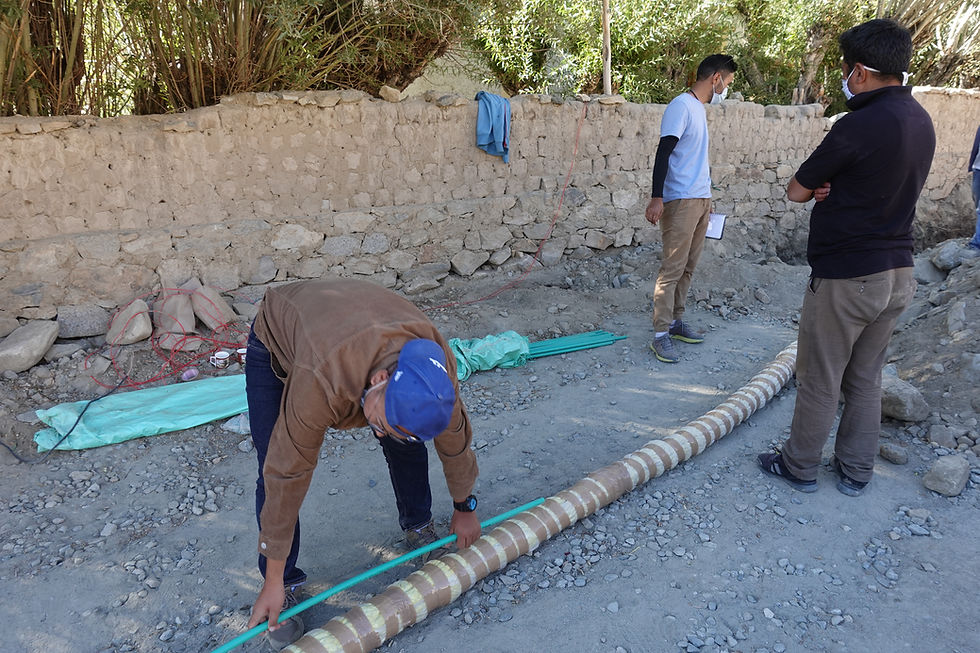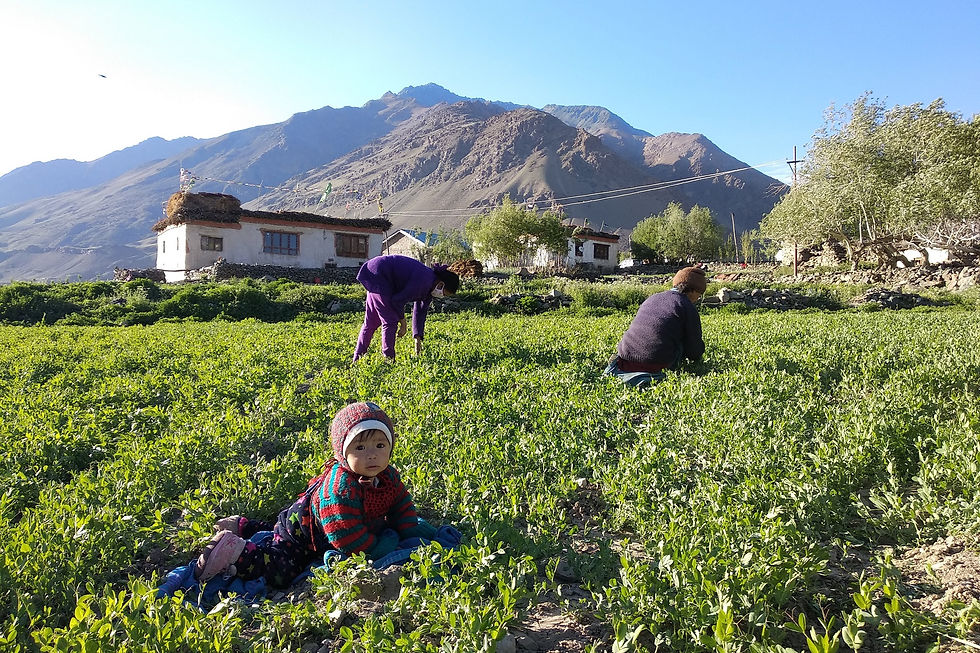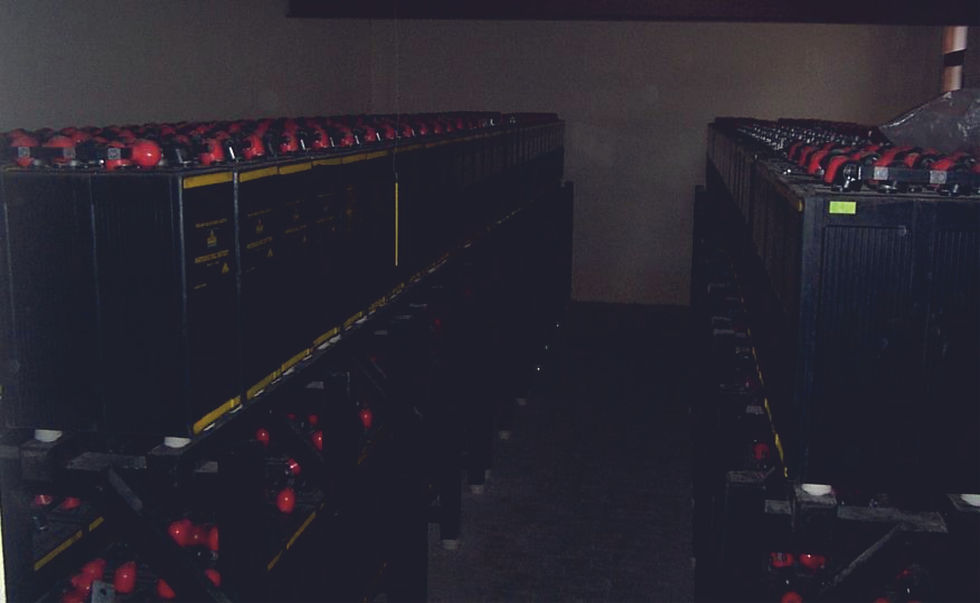Projects

Waste Flow Diagram for Kargil
Ongoing
This project focuses on designing a comprehensive waste flow diagram for Kargil, aiming to map the entire lifecycle of waste. It will trace waste movement from its generation sources, such as households, markets, industries, and institutions, through collection methods to its final treatment and disposal pathways. The diagram will offer a clear visual representation of existing practices, highlighting inefficiencies and critical areas for improvement. By identifying key stakeholders, including waste generators, collectors, and disposal facilities, the project will provide a holistic understanding of the system. It will also evaluate the types and quantities of waste, segregation practices, and the role of informal sectors in waste management. The insights from the waste flow diagram will enable data-driven decision-making to optimize waste management. Potential benefits include improving collection efficiency, promoting recycling initiatives, and reducing the environmental impact of waste disposal. Moreover, the project will emphasize sustainable practices, such as composting, material recovery, and minimizing landfill dependency. This initiative addresses critical environmental challenges in Kargil, ensuring better planning and implementation of waste management policies.

Sanitation Safety Planning (SSP) Tool for Leh
Ongoing
The Sanitation Safety Planning (SSP) tool is being developed to address risks in the sanitation chain in Leh, ensuring safer and more sustainable waste management practices. This tool is designed to identify potential hazards at each stage of the sanitation process, including waste collection, treatment, and disposal. By systematically assessing these risks, the project aims to mitigate health and environmental hazards while enhancing the overall efficiency of the sanitation chain. Key objectives of the SSP tool include improving hygiene, protecting public health, and aligning with national sanitation standards. The tool prioritizes the identification of critical control points, enabling the implementation of targeted safety measures. It also emphasizes stakeholder engagement, ensuring that local communities, sanitation workers, and governing bodies are actively involved in the planning and execution process.
By promoting safer sanitation practices, the SSP tool aims to reduce the risk of disease transmission, improve waste management systems, and enhance environmental sustainability. Additionally, it supports capacity-building initiatives through training programs for local stakeholders, fostering long-term adoption of safe sanitation practices.

Integrated Solid Waste Management System in Kargil
Ongoing
The Sanitation Safety Planning (SSP) tool is being developed to address risks in the sanitation chain in Leh, ensuring safer and more sustainable waste management practices. This tool is designed to identify potential hazards at each stage of the sanitation process, including waste collection, treatment, and disposal. By systematically assessing these risks, the project aims to mitigate health and environmental hazards while enhancing the overall efficiency of the sanitation chain.
Key objectives of the SSP tool include improving hygiene, protecting public health, and aligning with national sanitation standards. The tool prioritizes the identification of critical control points, enabling the implementation of targeted safety measures. It also emphasizes stakeholder engagement, ensuring that local communities, sanitation workers, and governing bodies are actively involved in the planning and execution process.
By promoting safer sanitation practices, the SSP tool aims to reduce the risk of disease transmission, improve waste management systems, and enhance environmental sustainability. Additionally, it supports capacity-building initiatives through training programs for local stakeholders, fostering long-term adoption of safe sanitation practices.















